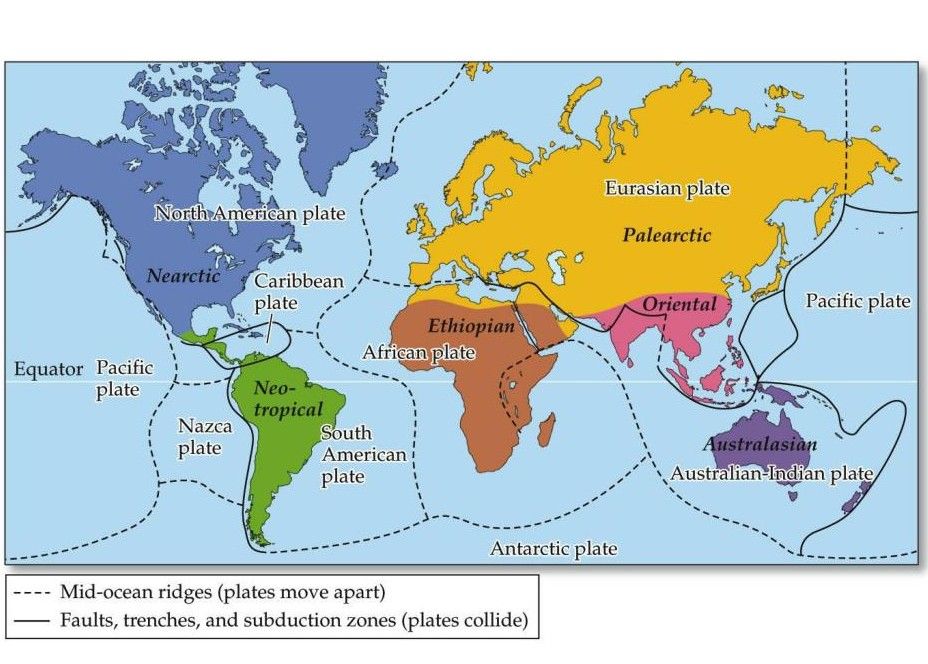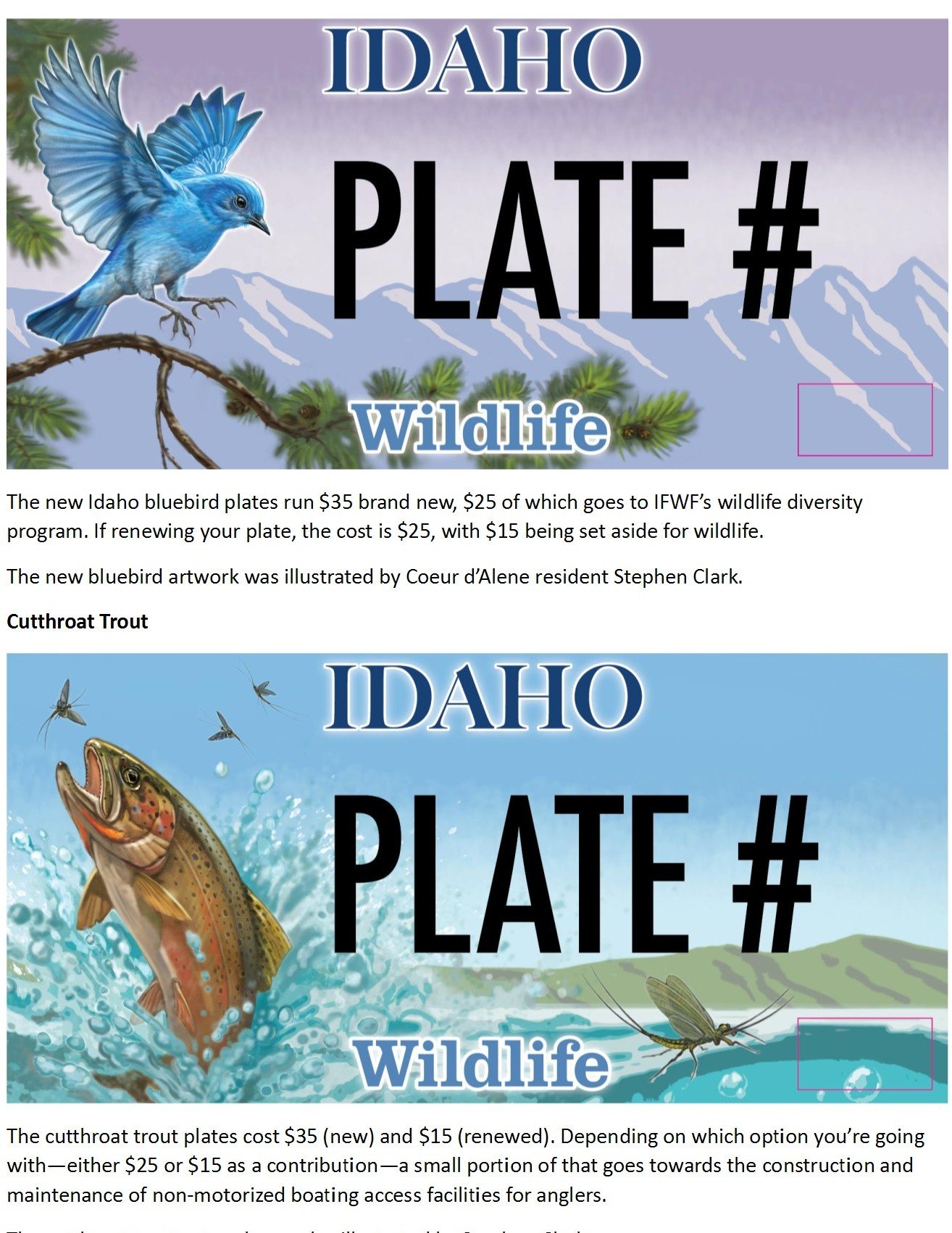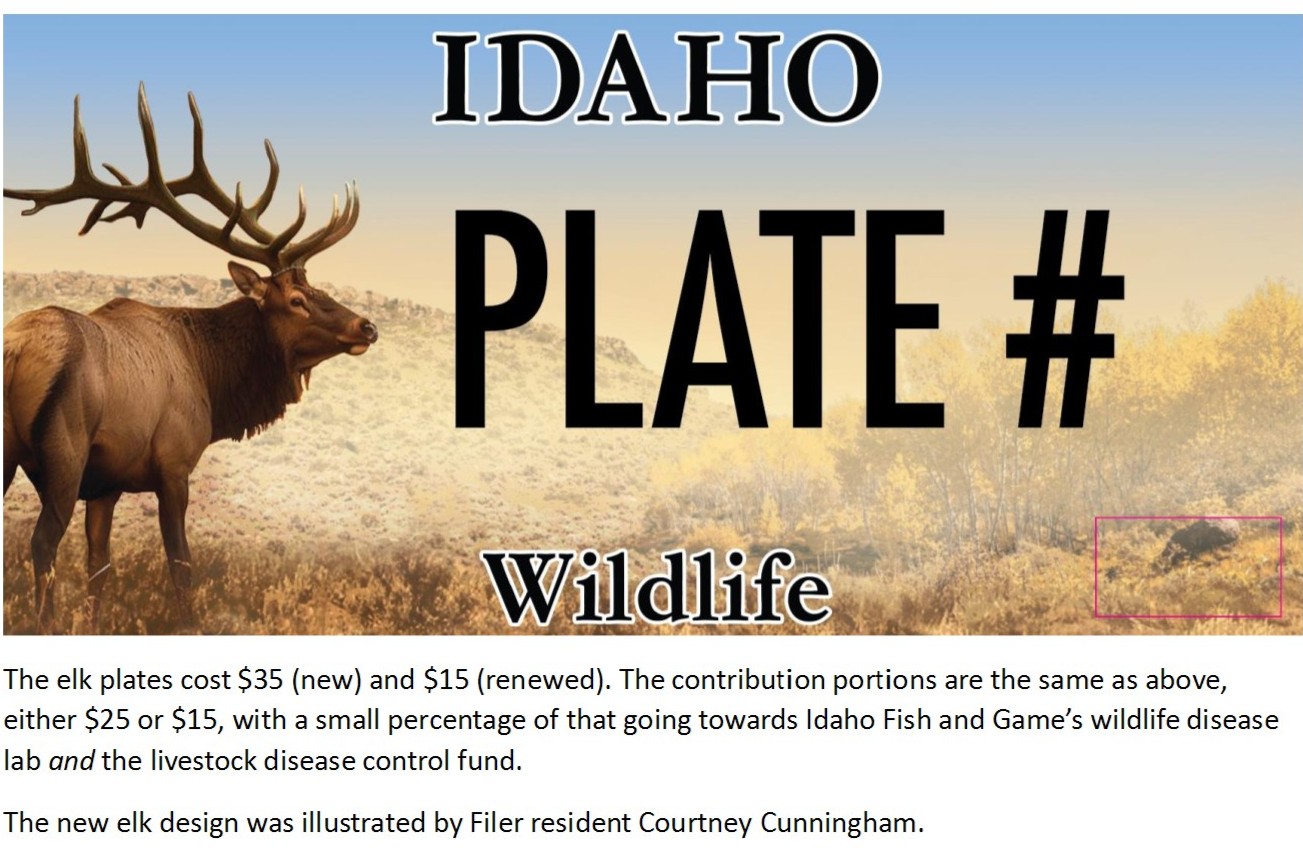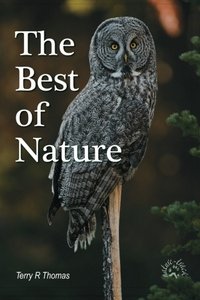Biogeography

Biogeography PowerPoint Presentation, free download - ID:1759605
Broad zoogeographic regions of the world where animal distributions have similar or shared characteristics throughout an area.
At a presentation last week, two speakers described their travels. The first presenter described her hike across the French and Swiss Alps. Her photos were beautiful and the flora and fauna were unique and included alpine ibex with their long curving horns and chamois, a small goat-antelope, both very unlike Idaho species. Interestingly, they did find huckleberries. The next presenter described his trip to Thailand, almost literally on the other side of the globe from Switzerland, or Idaho. Here he fed bamboo to elephants and dined on a dizzying variety of tropical fruits. One globe, two wildly different experiences.
We all remember geography class in junior and senior high school. For the most part it seemed that we memorized capital cities and country locations on a map—at least that is what I still remember from those long-ago days. I didn’t like those classes much then, but now I wish I could do them again adding in a biological spin, a science called biogeography.
”Biogeography is the study of the [present and past] distribution of species and ecosystems in geographic space and through geological time (Wikipedia).” “It is concerned not only with habitation patterns but also with the factors responsible for variations in distribution (Britannica.com).” It answers, why aren’t there elephants in Switzerland or huckleberries in Thailand or, where do organisms live and as importantly, why do they live there? Polar bears live in the Arctic but not Antarctica—why? It is a daunting interdisciplinary field, integrating biology, geography, geology, evolutionary biology, taxonomy, climatology, paleontology, and ecology to explain species distribution.
On a global scale, the Earth can be divided rather quickly into some reasonable divisions. There are the Arctic and Antarctic regions, equatorial regions, new world vs. old world, areas with distinct seasons like spring, summer, winter, fall and others with simply wet and dry seasons. But naturally, this is just the beginning of the differences between areas and, consequently, the flora and fauna found in each one. Within these, biogeographers look for patterns to explain current or historical distributions, dividing the Earth’s surface—primarily the continents and islands—into regions exhibiting differences in the average composition of plants and animals.
There are complex processes that have shaped plant and animal distributions over geologic time and across diverse environments. Global events such as continental formation, separation, and drift, massive climate changes (Ice Age to now for instance, but there are other examples), and regional events such as glaciation, volcanism, earthquakes, and new landmasses all influenced the creation of new pathways and/or new barriers and separations. On a local level, mountain ranges, rivers, and deserts all helped to shape the biogeography of the area.
There are several ways to look at biogeography. “Historical biogeography explores the evolutionary and geological past to understand how species and ecosystems changed distributions over long timescales…Understanding these ancient movements helps explain why related species are found on widely separated continents today (Biology Insights).” This is probably the most common biogeography field and usually the one thought of when the science is mentioned.
Ecological biogeography focuses on current environmental conditions and interactions that form existing distributions and community structures. An example of this could be how the re-introduction of wolves is reshaping the habitats in Yellowstone National Park by redistributing elk and bison browsing and grazing pressure.
Conservation biogeography attempts to reduce losses to biodiversity. Biologists in this field use historical and ecological biogeography to inform decisions about conservation plans. For instance, how is a given animal going to react to a warming climate? How can we shape conservation to facilitate that?
This has been a field of interest to scientists for almost 500 years. In the era of Charles Darwin though, interest in biogeography expanded as world exploration became an increasing reality. Alfred Russel Wallace was one of these explorer/scientists and he made a proposal that has kept biogeographers talking for 160 years. More on that next time.
Help Idaho Wildlife
When we traveled across the state in October 2017, we visited most of the Idaho Department of Fish and Game wildlife management areas. Most of the vehicles we saw using the wildlife management areas did not have wildlife plates. Buying wildlife plates is a great way for non-hunters and hunters alike to support wildlife-based recreation like birding.
C'mon folks, let's help Idaho's wildlife by proudly buying and displaying a wildlife license plate on each of our vehicles!
See below for information on Idaho plates. Most states have wildlife plates so if you live outside Idaho, check with your state's wildlife department or vehicle licensing division for availability of state wildlife plates where you live.
And tell them that you heard about it from Nature-track.com!


Wildlife License Plates
Great news! as of 2024, there are three NEW designs for license plates. They still are bluebird, cutthroat trout and elk, but they are beautiful.
Idaho Wildlife license plates provide essential funding that benefits the great diversity of native plants and wildlife that are not hunted, fished or trapped—over 10,000 species or 98% of Idaho’s species diversity. Game species that share the same habitats (such as elk, deer, antelope, sage-grouse, salmon, trout) also benefit from these specialty plates.
No state tax dollars are provided for wildlife diversity, conservation education and recreation programs. Neither are any revenues from the sale of hunting or fishing licenses spent on nongame species. Instead, these species depend on direct donations, federal grants, fundraising initiatives—and the Idaho Wildlife license plates.
Both my vehicles have Bluebird Plates. I prefer the bluebird because the nongame program gets 70 percent of the money from bluebird plates, but only 60 percent of the money from elk and trout plates - 10 percent of the money from elk plates supports wildlife disease monitoring and testing programs (to benefit the livestock industry) and 10 percent from cutthroat plates supports non-motorized boat access.
Incidentally, in 2014, the Idaho Legislature denied the Department of Fish and Game the ability to add new plates or even to change the name of the elk and cutthroat plates (very specific) to wildlife and fish plates, a move that would have allowed for changing images occasionally and generating more revenue. It would seem that they believe that we Idahoans don't want a well funded wildlife program.
I think it is time we let the Legislature know that Idahoan support wildlife funding and that we would like to see these generic plates come to fruition.

"WOW. What a phenomenal piece you wrote. You are amazing." Jennifer Jackson
That is embarrassing, but actually a fairly typical response to my nature essays. Since The Best of Nature is created from the very best of 16 years of these nature essays published weekly in the Idaho Falls Post Register (online readership 70,000), it is a fine read. It covers a wide variety of topics including humorous glimpses of nature, philosophy, natural history, and conservation. Readers praise the style, breadth of subject matter and my ability to communicate complex and emotional topics in a relaxed and understandable manner.
Everyone can find something to love in this book. From teenagers to octogenarians, from the coffee shop to the school room, these nature essays are widely read and enjoyed.
Some of the essays here are my personal favorites, others seemed to strike a chord with readers. Most have an important message or lesson that will resonate with you. They are written with a goal to simultaneously entertain and educate about the wonderful workings of nature. Some will make you laugh out loud and others will bring a tear to the eye and warm your heart.
Readers Write:
"You hit a home run with your article on, Big Questions in Nature. It should be required reading for everyone who has lost touch with nature...great job!" Joe Chapman
"We enjoyed your column, Bloom Where Planted. Some of the best writing yet. The Post Register is fortunate to have your weekly columns." Lou Griffin.
To read more and to order a copy, click here or get the Kindle version
Copies are also available at:
Post Register
Island Park Builders Supply (upstairs)
Barnes and Noble in Idaho Falls
Harriman State Park, Island Park
Museum of Idaho
Valley Books, Jackson Wyoming
Avocet Corner Bookstore, Bear River National Wildlife Refuge, Brigham City, Utah
Craters of the Moon National Monument Bookstore, Arco, Idaho